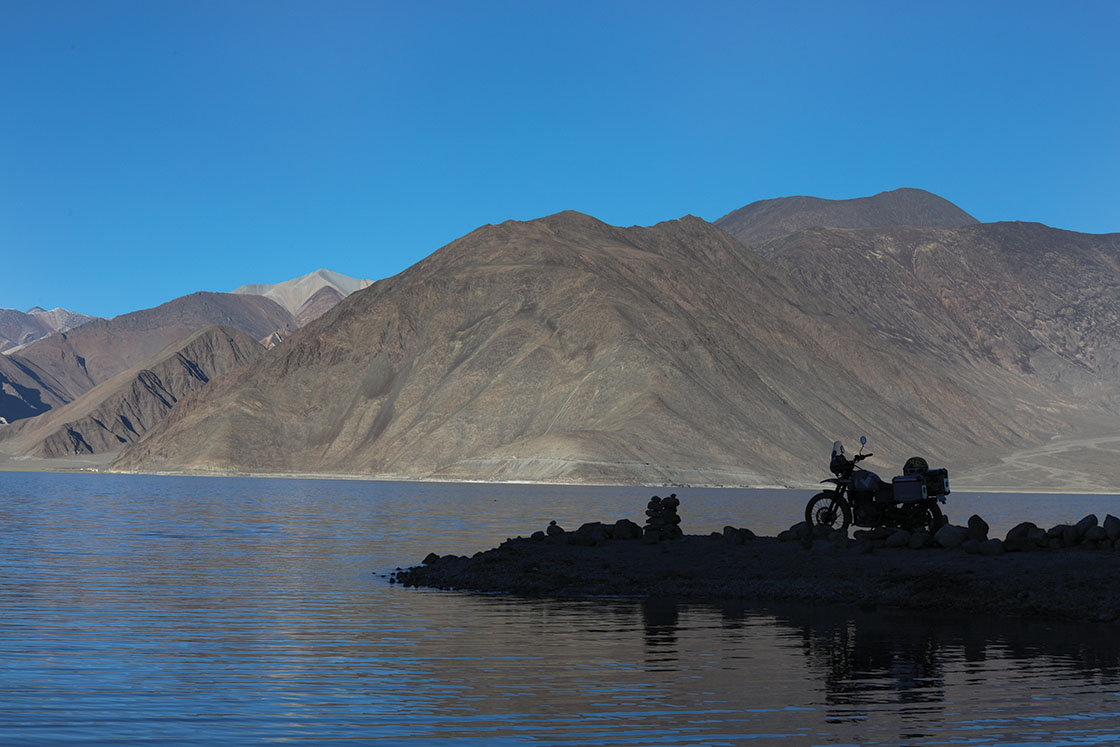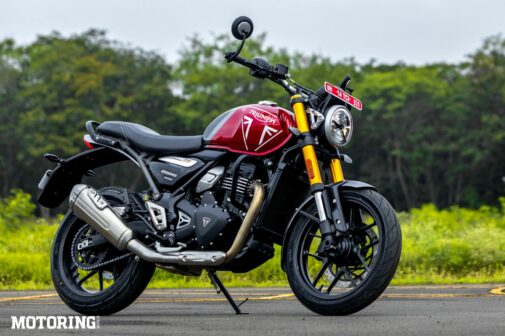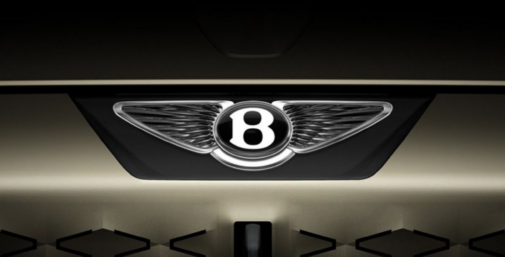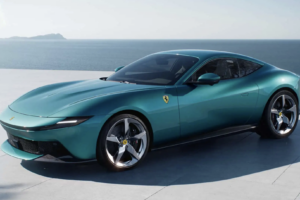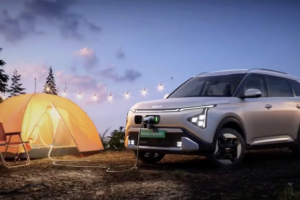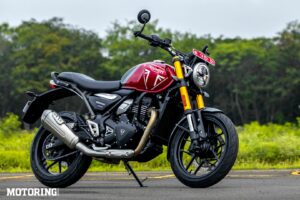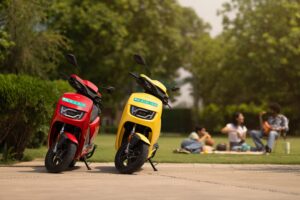The sky was bright blue, as was the lake under it. Laying down on the grassy slope, if I let my eyes relax, I couldn’t tell which was which. It’d been hours since I last saw a person, and I wondered if it was a good idea to be away for this long. But the sun was warm, the Himalayan wind was cool, and I was rather unexpectedly enjoying this newfound experience of utter solitude, with only a motorcycle and a camera for company. I wondered which came first. I wondered if this is how meditation begins. Then I wondered where these thoughts end. It’s no wonder that hermits seek refuge in these mountains.
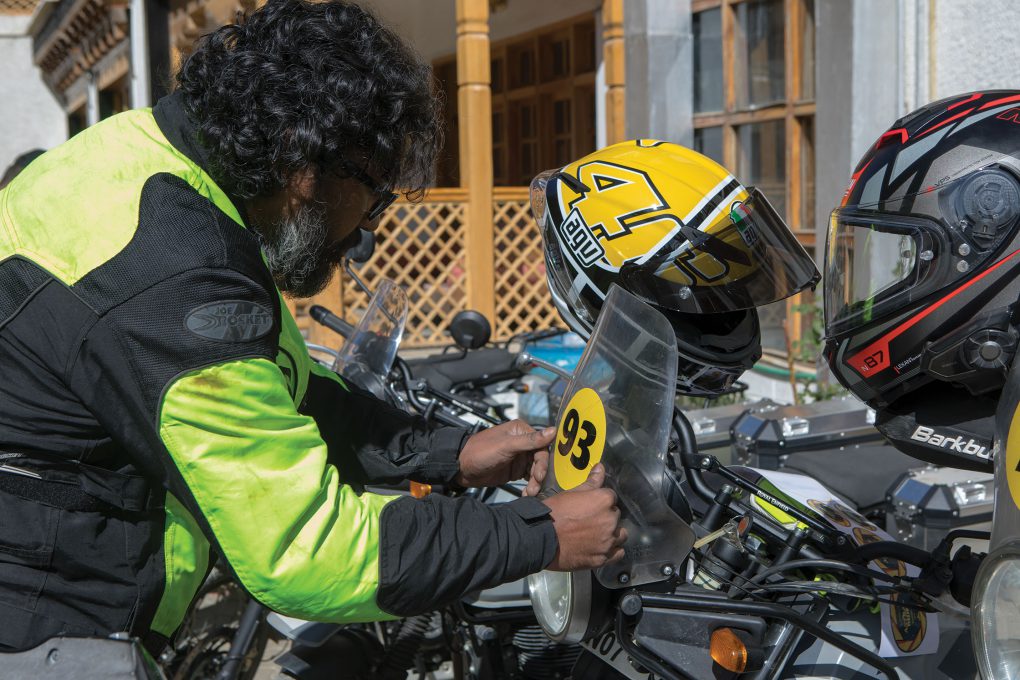
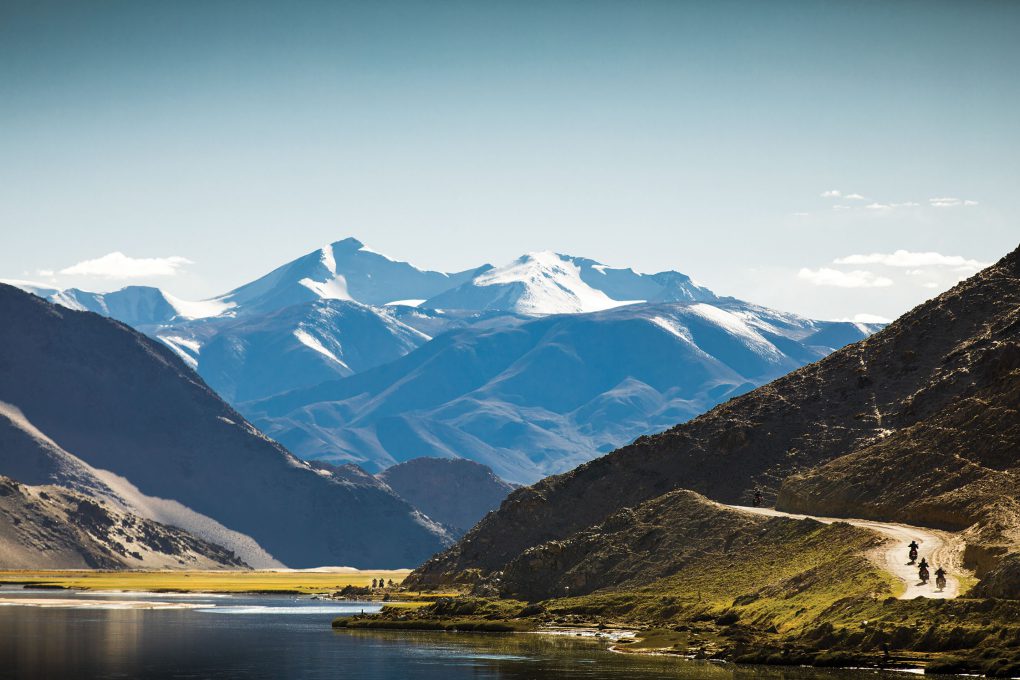
The motorcycle company is pretty much synonymous with Ladakh; I’m sure many of the trails found in the region owe their existence to the tyres of Royal Enfields. And hence, it’s only fitting that RE made the Himalayan, a motorcycle dedicated to one of the most beautiful and daunting places on the planet. I was there for the first ride of its kind, the inaugural Astral Ride. The idea is to combine riding with astral photography, adding an interesting dimension to travelling on a motorcycle. I’d never been to Ladakh on a motorcycle nor had I seen the Milky Way for real, which is how I found myself on a flight to Ladakh.
Acclimatisation to high altitudes is a pretty big deal. People who don’t pay attention to it may find themselves heading to even higher altitudes after leaving their corporeal forms behind. As soon as we reached the hotel, our lead rider from Royal Enfield, Arjay Pramanik, simply said, ‘Rest and drink lots of water.’ That sounded very familiar, and I was determined not to let anything get in the way of a good ride.
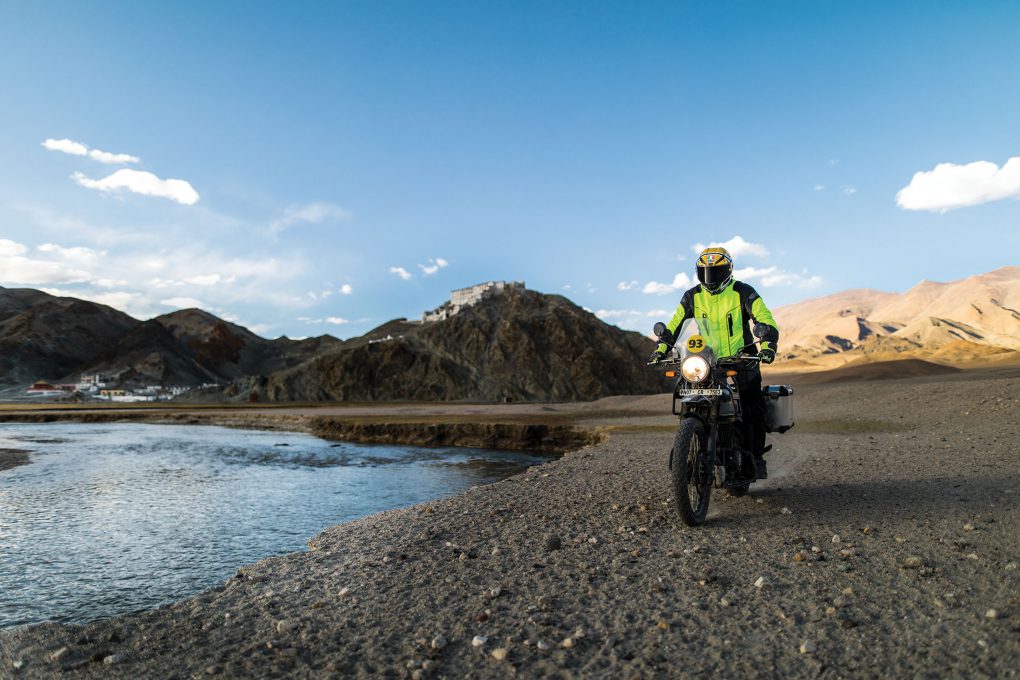
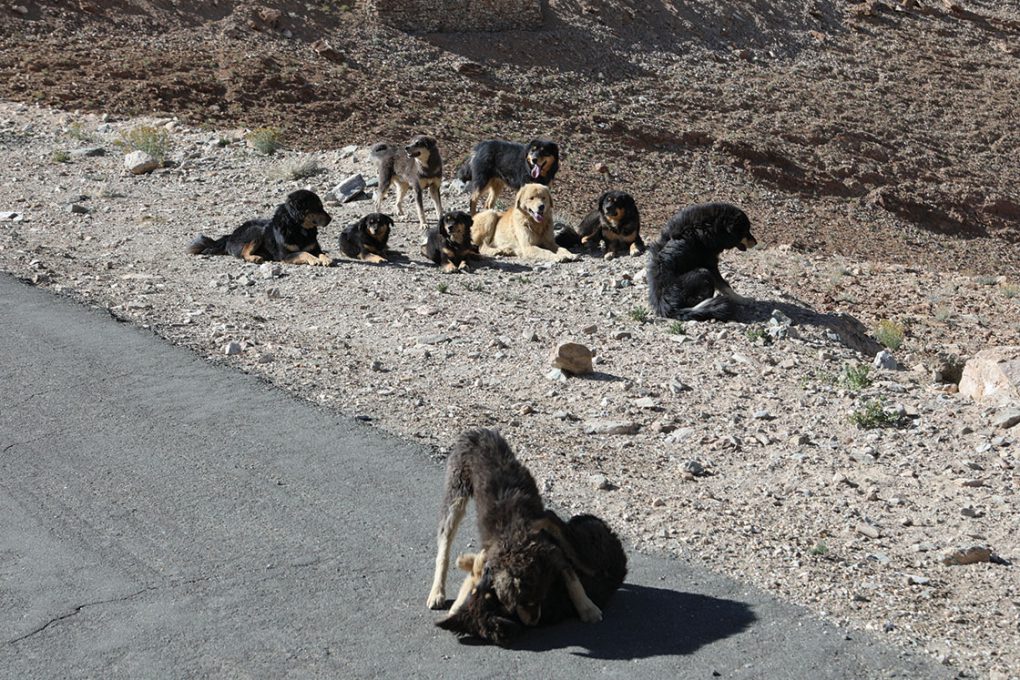
If I ever stressed enough on the importance of drinking water in Ladakh, I’d turn into a diamond. Indeed, I walked around on the roof of the world sloshing like a hot-water bottle as I diligently poured 6-7 litres of water down my throat every day. After a full first day of rest, we were to head out for a short acclimatisation ride of 70-odd km, to get a feel for the bikes and the altitude. And as usual, my body had other plans. For some reason, my broken right foot and my lower back started hurting — and I mean HURTING — and wouldn’t stop. Two days of rest later, there was still no sign of any relief. It was a great disquiet that I loaded onto my Himalayan along with my luggage on the first day of the ride.
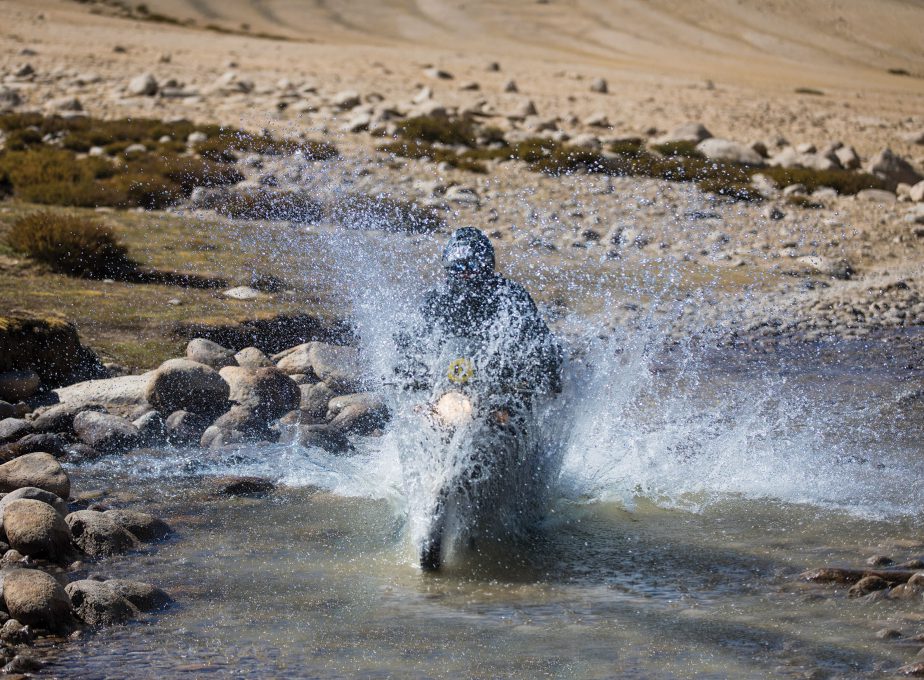
The beginning of the ride was also the last time I’d see the network bar of my phone receiving a signal for the next five days. What an irony, that despite being the closest to telecommunications satellites in terms of altitude, I didn’t have any network. We were on our way to Pangong Tso via Chang La, a mountain pass that sits at 17,590 feet. That’s more than 5 km up in the air from sea level, and my every intention was to throttle the Himalayan up and down that lung-squeezing road as fast as it’d go. But then it’s the landscape that dictates what you do, not the other way around.
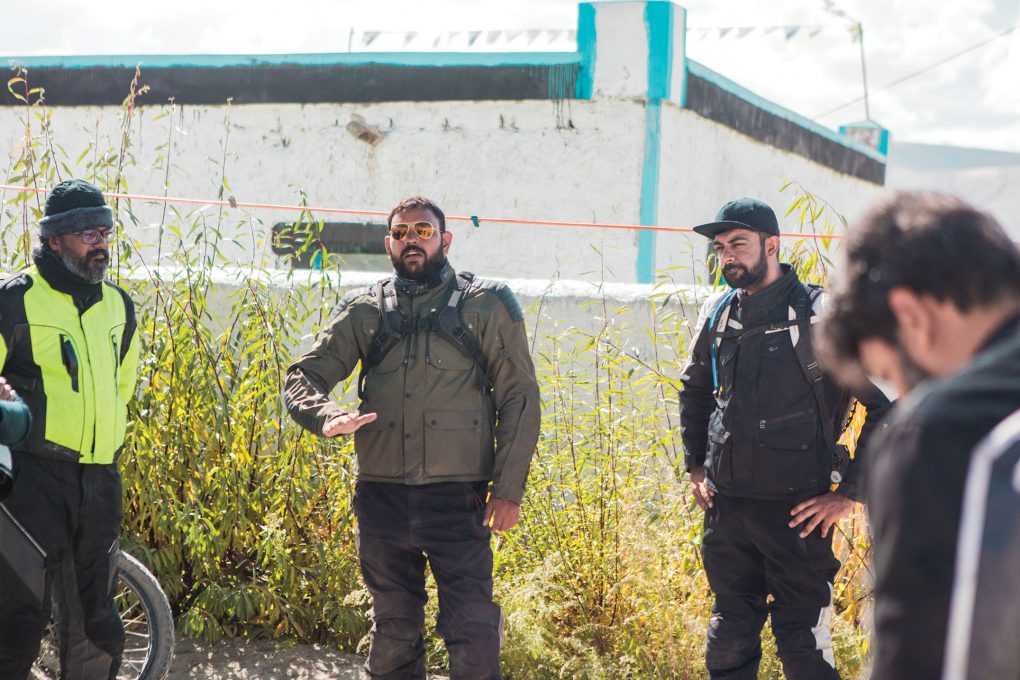
Riding up the ascent to Chang La, I found myself short of breath, but it was the scenery not the altitude. We were riding up majestic mountains sprinkled with light snow, a thin black ribbon of a road hanging on to them for dear life. The road was excellent tarmac for the most part, but when it got bad, it got really bad. Since I am no off-road rider, I relied heavily on the Himalayan to get me through. Some sections, we were riding on no road — it was the mountain itself that I felt under the Himalayan’s wheels. ‘Nature, on this scale, is remarkably unaffected by man’s hands,’ I thought, as the terrain pounded my back into smithereens.
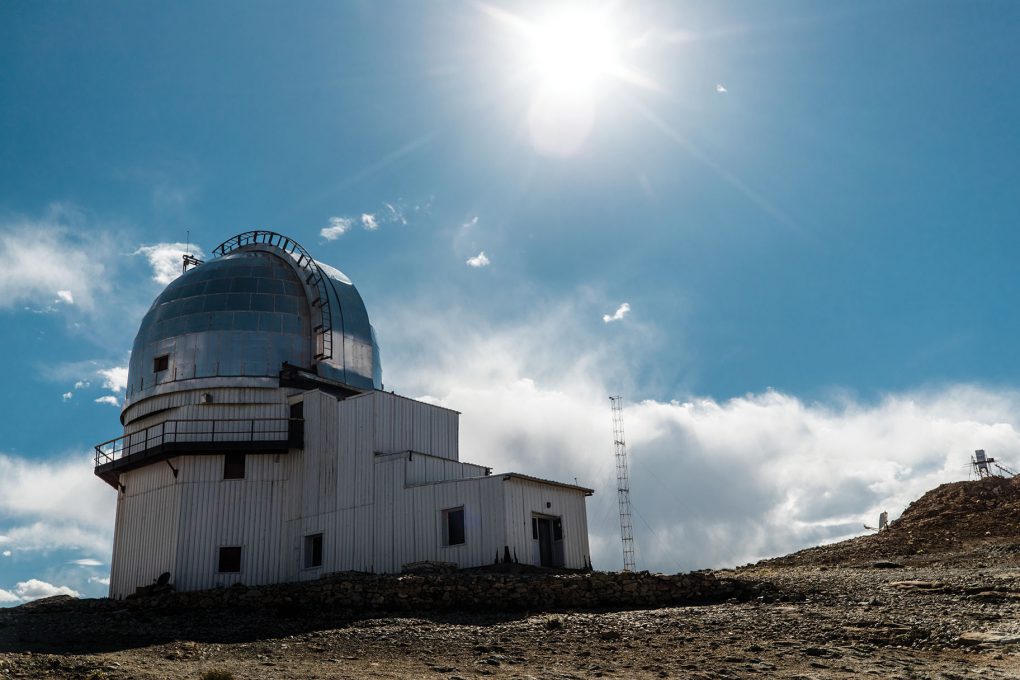
The ride down from Chang La to Pangong Tso was a fast and fun one, speckled with off-road patches. And after a day of rugged Himalayan landscapes, the sight of the deep-blue lake was almost unbelievable. We rode along its edge for a couple of hours, a stretch so miserably off-road, I couldn’t wait for it to end. And all along the way, despite my pain, I couldn’t take my eyes off my surroundings. It didn’t cross my mind at all that there was more to come at night.
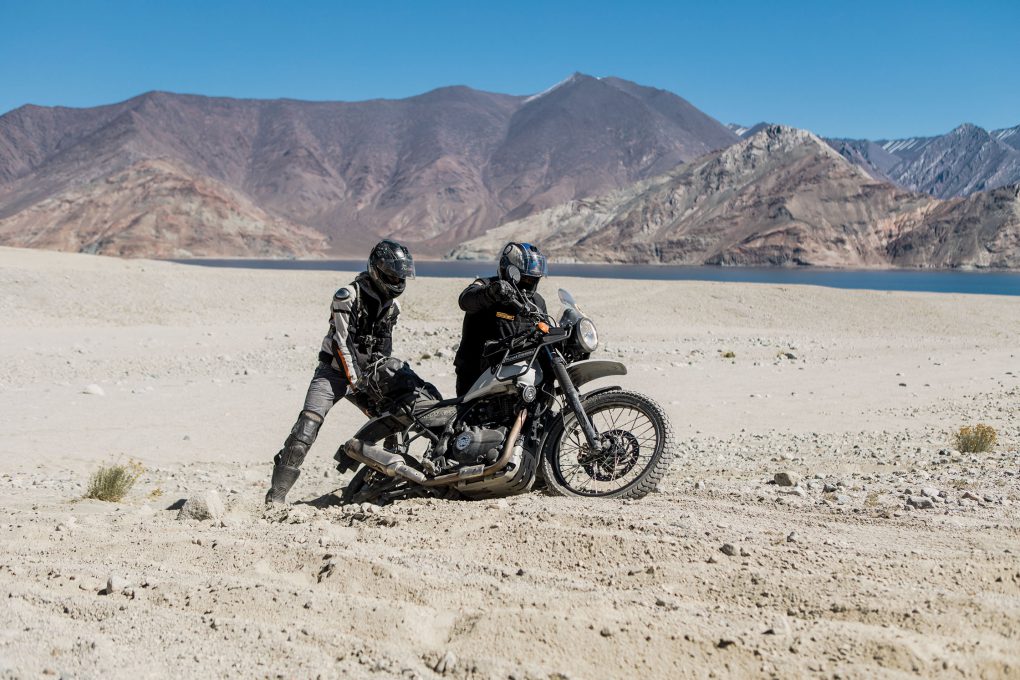
That was the first session of astral photography, shooting the Milky Way in particular. You don’t need to be an astronomer to find it, either. Right at dusk, it starts revealing itself, faint at first and then like a billion headlights coming at you at once. I really wasn’t prepared to see a night sky like that. We’d driven away from the camp to a spot where there wasn’t any ambient light, a necessary condition for astral photography. Setting up the tripod and camera, we all listened to Navneet Unnikrishnan, an accomplished astral photographer and our mentor for the workshop. He called out settings that we’d shoot with, and a few 30-second exposures later, I had my own image.
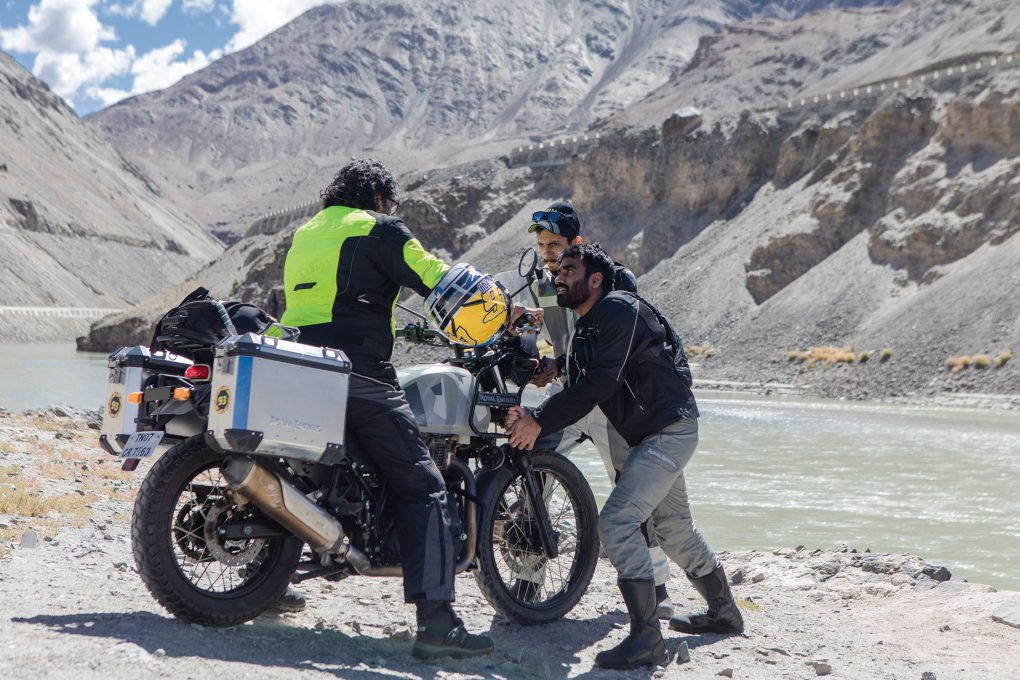
Want to learn a hard-earned lesson for free? Take a proper wide-angle lens along. My 24-mm lens wasn’t enough to properly capture what was before us, and I soon gave up and resorted to stumbling around in the dark while looking up at the stars. All the stars that I’d ever see, framed on either side by the silhouetted peaks of the Himalayas. It was a good setting in which to let thoughts float in and out of my head through the biting cold. Even in a sky like that, you can only focus on one star at a time with your own eyes. A camera lets you capture a part of the sky containing hundreds of them, which is why astral photography is important. I sat there and looked up till my neck hurt. Urban convenience costs us the presence of stars in the night sky. And it’s too high a price.
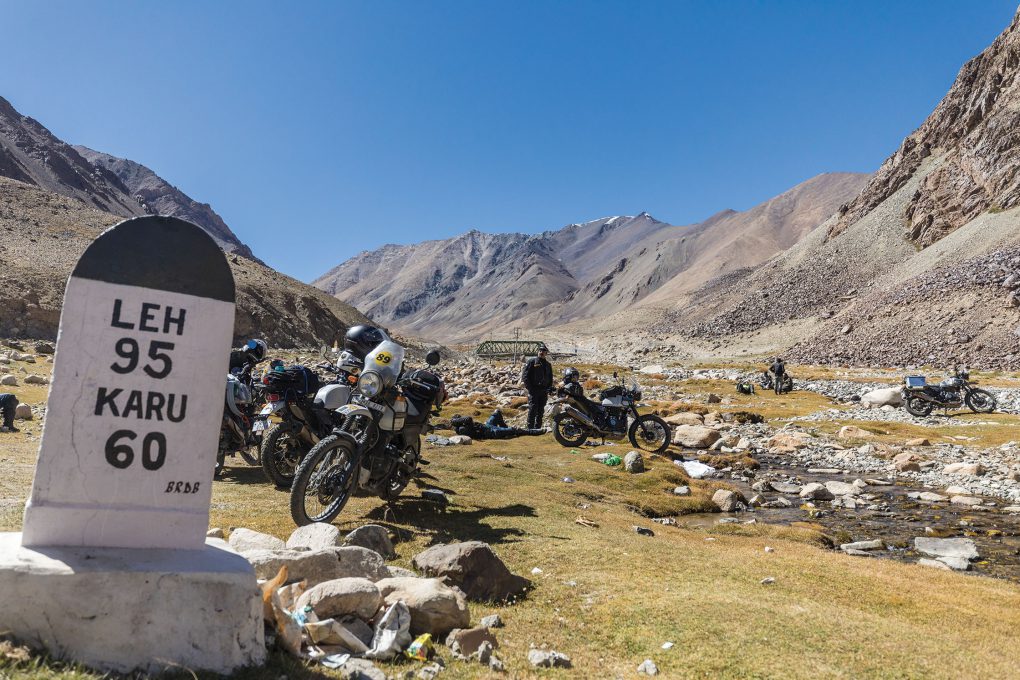
The next day was one for rest, but I couldn’t let it go to waste so I loaded up the Himalayan with the camera gear and water (of course), and set off along Pangong Tso with no particular route in mind except to keep the lake by my side. I found a secluded spot and read the first half of The God Who Loved Motorbikes by Murali K Menon on a grassy slope under the giant shade of a snowy peak with the shimmering blue lake as the background. Everyone said to get enough rest, after all. And there are few better ways to rest than to read a book next to a lake that gently goes about its business of turning mountains into pebbles, one ripple at a time.
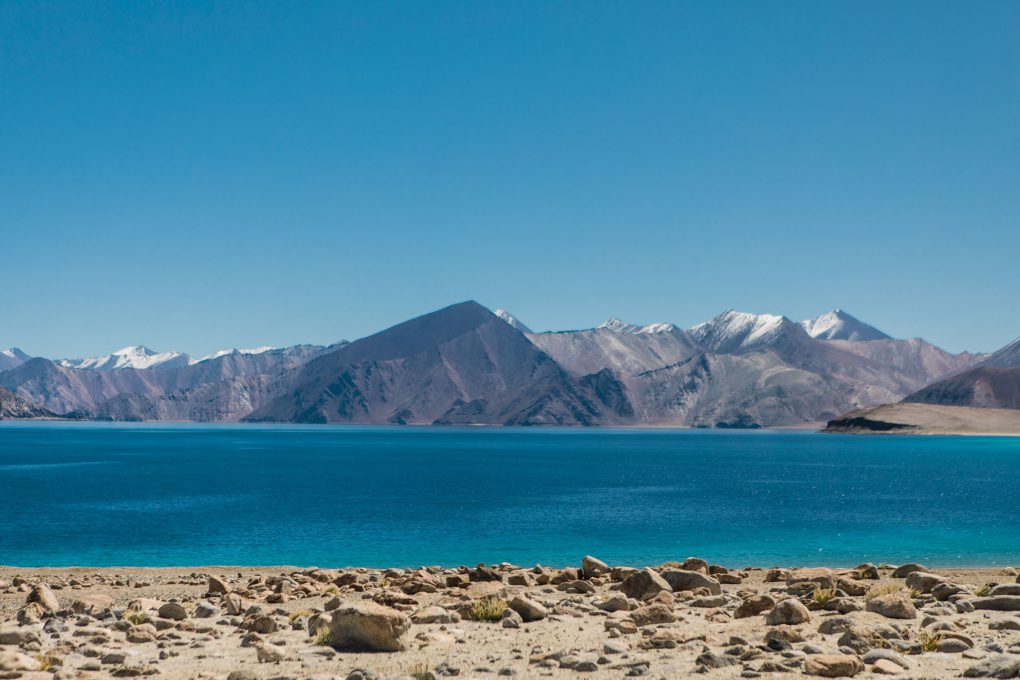
The first day’s road seemed like a walk to the fridge at night compared to what we were traversing on the way to Chushul. For the most part, the path went along Pangong Tso and then turned away as the lake became part of Chinese territory. Then onwards, we rode through the massive valley that separates China and India; there were no signs and multiple paths along which we could ride. Standing instructions to the brain were, ‘India right, China left.’ It was bad enough that I was cursing the day I decided to come for this ride, I didn’t want to add getting shot at by a bored Chinese soldier to my woes.
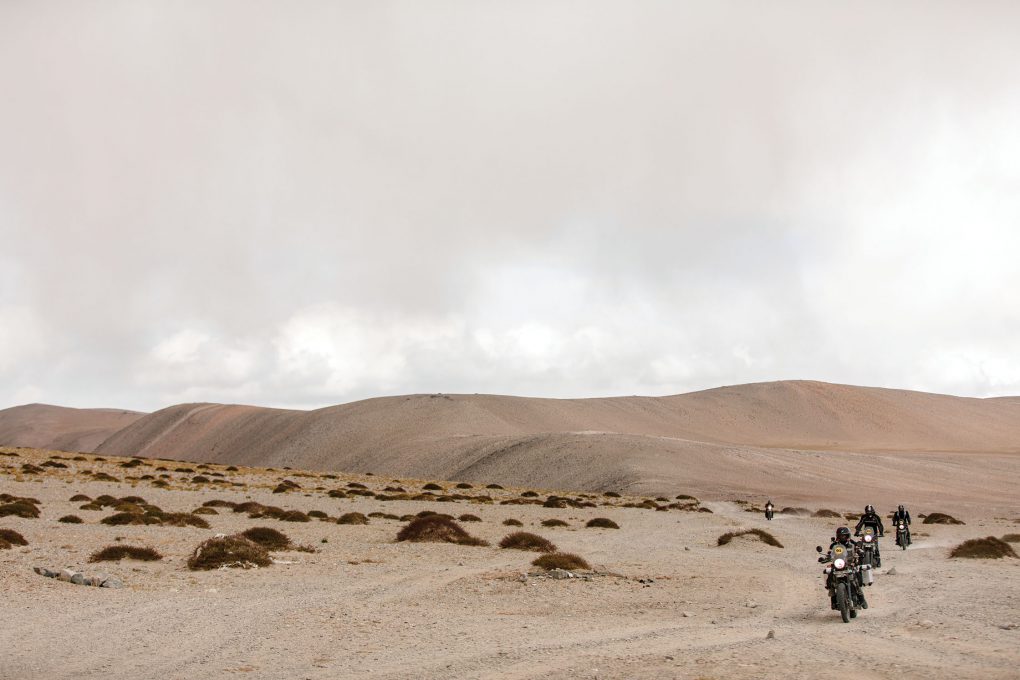
The path was unbelievable. It had shale, rocks and pebbles of every size and material possible, and also sand of every consistency known to man. It was also impossibly beautiful, but I couldn’t risk looking at the scenery for more than a split second because any elation caused by the view was instantly replaced by the terror of a front-end slide. This is what I’d been drinking all that water for. To keep my brain hydrated and alert, so that I could wrangle the heavyweight Himalayan over scarcely believable terrain. Soon, I gave up trying to fight the bike and simply held the throttle open, and suddenly everything was peaceful.
Yes, the road still felt like I had ridden to another planet, but the Himalayan in third gear at half throttle was simply floating over everything in its way. In just a few minutes, I realised that the problem was my riding, and also that the name on the bike was quite apt. Yes, I still think the Himalayan is heavy and underpowered, but the other side of the coin is stability and friendly power. It just goes. Keep a friend or two around if you plan on going through sand, though.
From Chushul, the road to Hanle was like a high-altitude Isle Of Man, and we rode accordingly. I don’t think I’ve ever been so happy to see tarmac. The odd broken sections were gleefully dealt with; as long as there was tarmac in sight, everything else was forgiven. The ride was so much fun, I didn’t even realise when we reached Hanle and I plonked down on my bed, ready to call it a day, even if my mind was still somewhere back down that twisty road. It took the night to bring me back to the present.
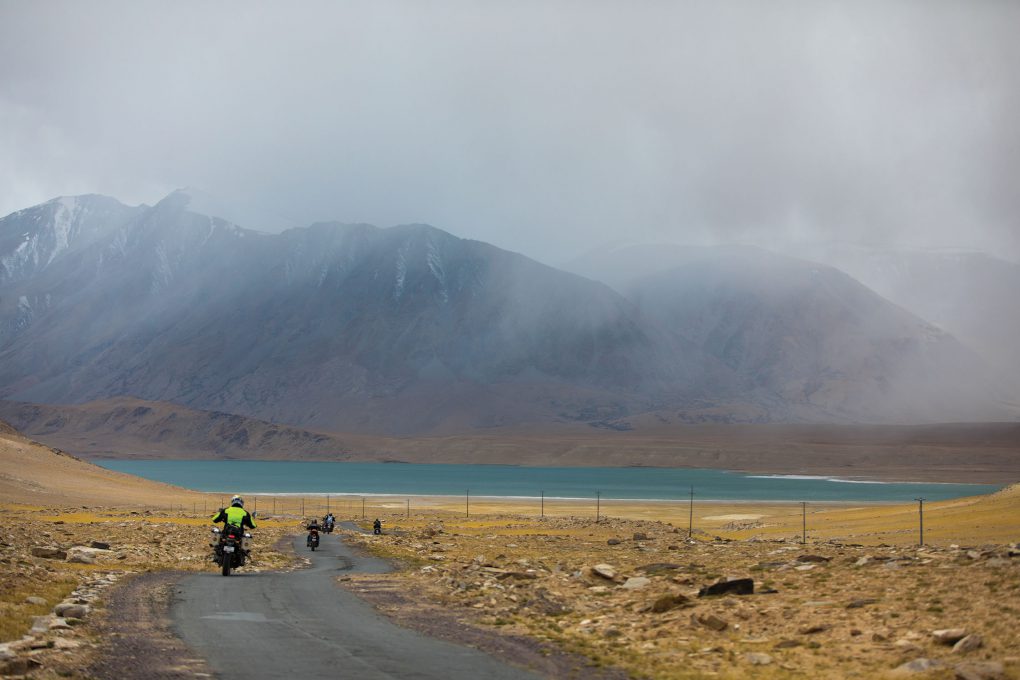
Hanle is the location of the Indian Astronomical Observatory, one of the highest places for optical, infra-red and gamma-ray telescopes in the world. I could see it from my bedside window, an alien-looking object sticking out of the Himalayan landscape. I wondered why anyone would bother building it here specifically; I mean, surely there are places closer to Leh? As I thought about it, dusk came along and over my left side emerged the Milky Way at 7 pm, putting to rest all of my unqualified speculations. The night sky at Hanle is probably the best in the world, and more of the shooting, stumbling and open-mouthed gazing ensued.
The next day, we made a trip to the observatory. From our camp, it looked really close, but it was deceptively high up. The drive up there in the backup Force Traveller was completed by our group in the kind of silence that only comes from prayer. Hanle looked like a few pixels of the vast view from the top, and since the observatory is operated remotely from Bangalore and is anyway far too advanced for regular people to understand anything about, it was a short visit. But not before the two-metre telescope had made our DSLRs look decidedly inadequate. The drive back down to Hanle was again completed in deathly silence.
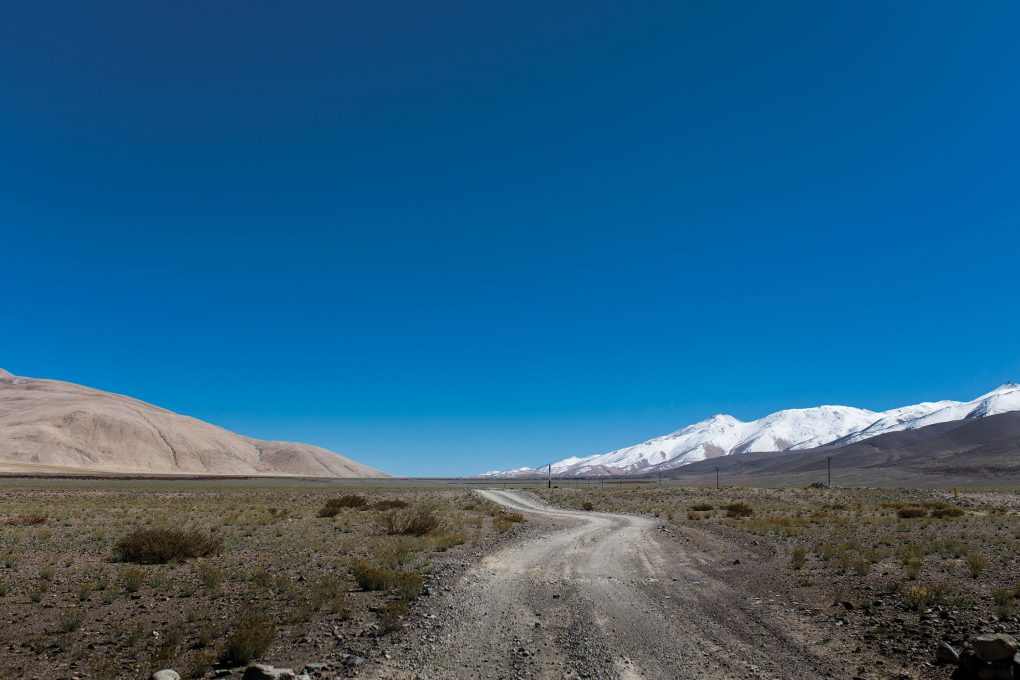
The ride to Tso Moriri was again a beautiful and tough one. On the way, we passed Kyagar Tso as it was beginning to snow ever so lightly. It was a gloomy day and the emerald lake shrouded by fog was a sight to behold. What made it even better was that the road along it was pristine tarmac. Upon reaching our camp at Tso Moriri, we immediately set off for a short ride up a mountain for some photos. Again, to my exasperation, it was all off-road, but the views were more than worth it. After some time, only two of us were left there; Arvind Singh who runs Tourbugs and I. Looking for the others, we decided to ride straight down the mountainside to the lake.
Well, actually he was the one who decided, I simply thought, ‘Oh, what the hell. Let this loose-surfaced hillside be the thing that kills me.’ Arvind practically lives and rides in the Himalayas for half the year and is a stupidly fast rider along with Arjay. That didn’t give me any comfort as I slipped and slid my way down the hill, while Arvind was already dot far below at the edge of the lake. I made it down all the way without cartwheeling the Himalayan, and that was the moment I knew something had clicked. There’s always that moment when you just know something has changed for the better.
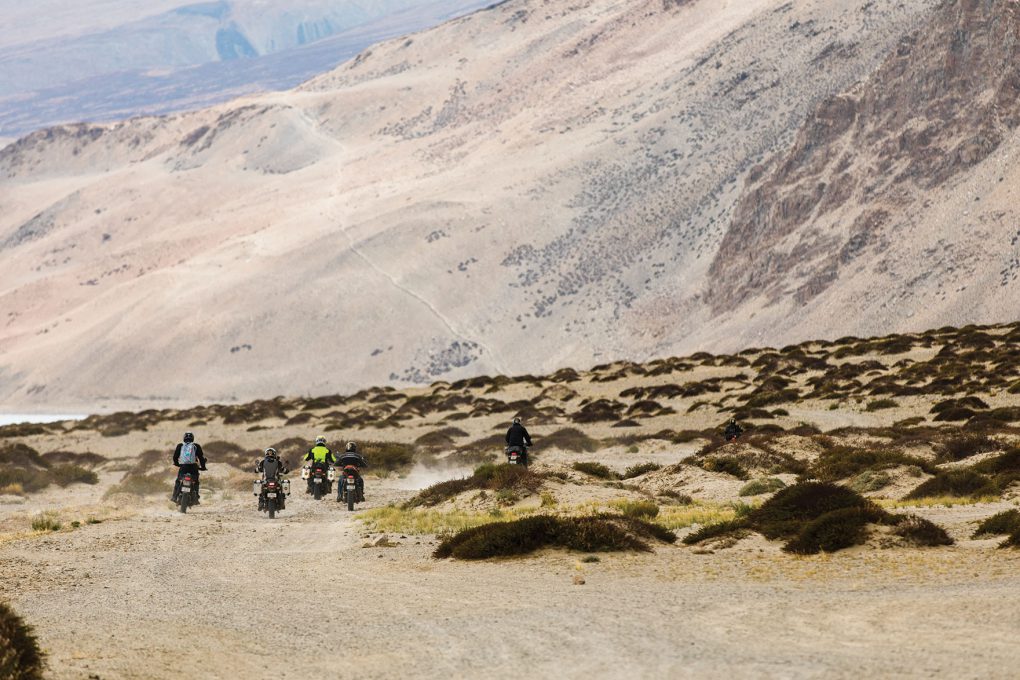
There are so many things about this ride that I cannot put down over here. I wish I could tell you more about astral photography, but you really have to do it to understand. A photograph cannot be explained, only shown. You explain it to yourself. On that count, the Astral Ride is a hit for me — the days AND the nights are made worth it. But I can’t help but feel a bit of a loss, of having seen so much beauty and not being able to remember it all. Perhaps that’s why people keep going back, over and over again.
This account cannot do justice to a place like Ladakh nor to riding through it. Again, you have to do it for yourself. You have to ride through the best photographs without taking any for yourself. You have to make new friends for yourself. You have to see the stars, real and imagined, for yourself. And if you’re lucky like me, when all the cliches are left done and dusted, you’ll be left with aching bones and a dusty smile on your face. As in life, so it goes in the mountains: terrible roads take you to spectacular destinations. What we call the wilderness is the real world, and it’s far too big a place for small worries. Nothing like the stars and the Himalayas to prove that.
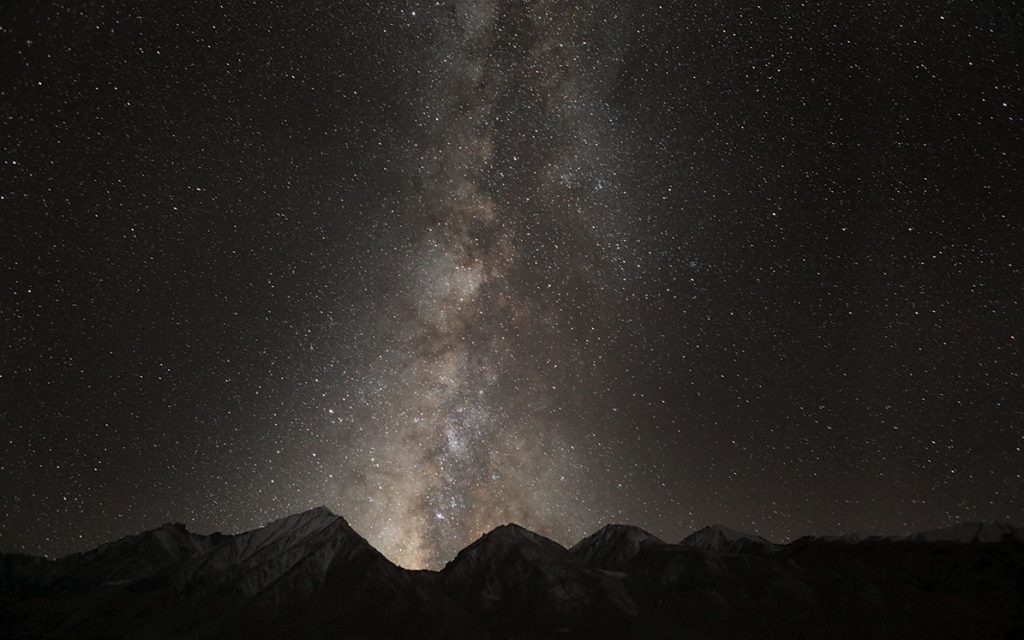
Also, PHOTOS Royal Enfield





